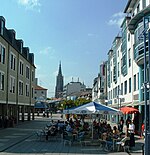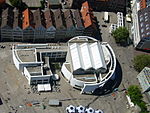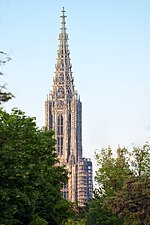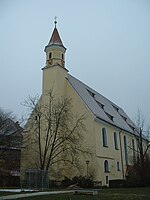Wiblingen Abbey
1093 establishments in EuropeBasilica churches in GermanyBenedictine monasteries in GermanyBuildings and structures in UlmChristian monasteries established in the 11th century ... and 4 more
History of Baden-WürttembergMonasteries in Baden-WürttembergUniversity of UlmUpper Swabia
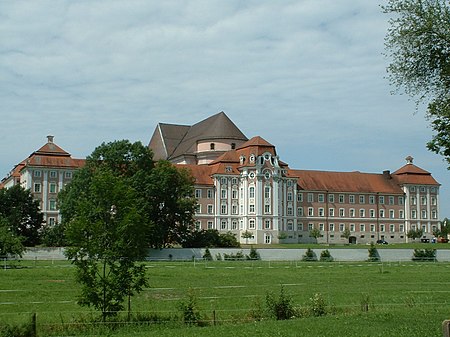
Wiblingen Abbey was a former Benedictine abbey which was later used as barracks. Today its buildings house several departments of the medical faculty of the University of Ulm. The former abbey is located south of the confluence of the rivers Danube and Iller, south of the city of Ulm in the German state of Baden-Württemberg. Administratively, the former independent village of Wiblingen now belongs to the city of Ulm. The abbey is part of the Upper Swabian Baroque Route.
Excerpt from the Wikipedia article Wiblingen Abbey (License: CC BY-SA 3.0, Authors, Images).Wiblingen Abbey
Schleifmühleweg, Ulm Wiblingen
Geographical coordinates (GPS) Address Website Nearby Places Show on map
Geographical coordinates (GPS)
| Latitude | Longitude |
|---|---|
| N 48.361666666667 ° | E 9.9919444444444 ° |
Address
Kloster Wiblingen
Schleifmühleweg
89079 Ulm, Wiblingen
Baden-Württemberg, Germany
Open on Google Maps
